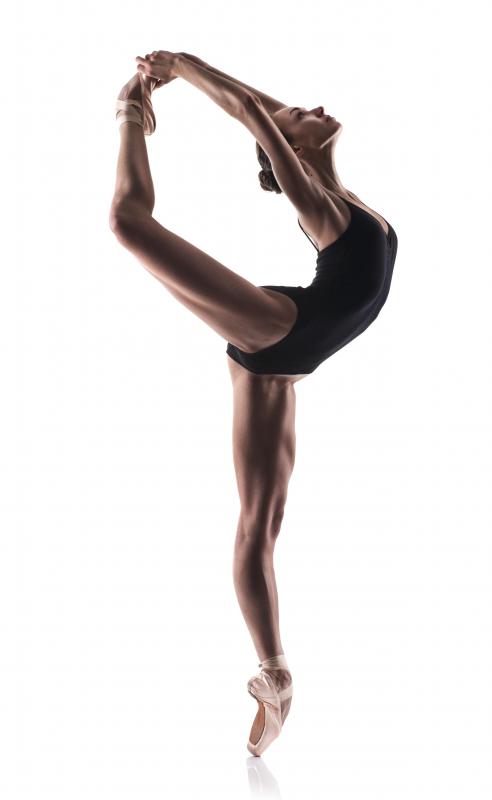At TheHealthBoard, we're committed to delivering accurate, trustworthy information. Our expert-authored content is rigorously fact-checked and sourced from credible authorities. Discover how we uphold the highest standards in providing you with reliable knowledge.
What are Sesamoid Bones?
Sesamoid bones are bones embedded within a tendon. They are located at joints, such as those in the hand, foot, and knee. These bones help protect the tendon, and improve its movement by holding it slightly away from the center of the joint.
In the human body, the patella, or kneecap, located in the quadriceps tendon, is the largest sesamoid bone. There are also two sesamoids in the thumb, within the adductor pollicis and abductor pollicis brevis tendons, and one in each forefinger and one in each wrist. Each foot also has two sesamoids in the ball of the foot, at the base of the big toe, both located within the flexor hallucis brevis tendon.

About two percent of the population have a congenital condition in which each sesamoid bone is separated into two parts. This condition, known as bi-partite sesamoid bones, can also be caused by trauma, though such cases are rare. A person with bi-partite sesamoids does not necessarily have the condition in every one of his or her sesamoids. The condition is usually asymptomatic, though direct injuries may cause more severe symptoms than in people with normal sesamoid bones.

An inflammation of the sesamoid bones in the big toe, a condition that ballet dancers and other atheletes are at particular risk for, is called sesamoiditis. The condition can also be caused by wearing high heels or stubbing the toe. Sesamoisitis is typically a painful condition. It can be difficult to determine whether a sesamoid bone has been broken through x-ray because the sesamoids are so tiny, about the size of a jelly bean. Rather, a bone scan is recommended to diagnose a sesamoid fracture.

Sesamoid injuries in the foot can be treated with rest, in which case a cast or crutches may be used to stabilize and take pressure off the affected foot. The injured toe may also be supported with a strap or bandage, or with custom orthotics in the patient's footwear. Oral painkillers such as ibuprofen and cortisoid injections may be used to alleviate pain and swelling during the healing proess. Physical therapy may be required to help the patient regain normal use of the injured foot. In severe cases, surgery may be required to correct sesamoid injuries in the foot.
AS FEATURED ON:
AS FEATURED ON:














Discussion Comments
@SimpleByte - Any surgery can result in side effects including infection and blood clots. Some other possible complications of sesamoid excision include nerve damage and continued pain and stiffness.
Sesamoid surgery involves removal of part or all of the affected sesamoid bone. What are some of the possible side effects of this type of surgery?
Post your comments